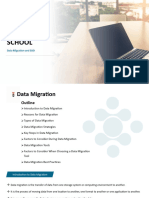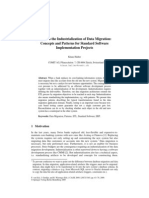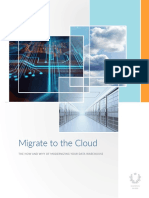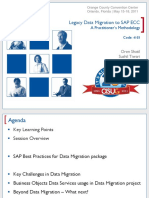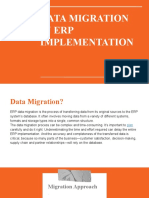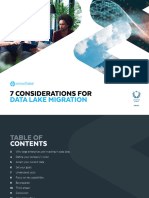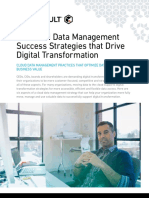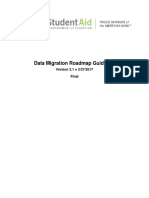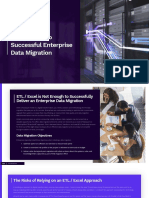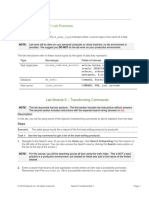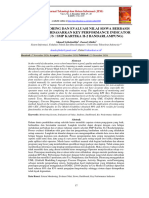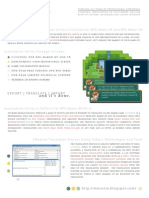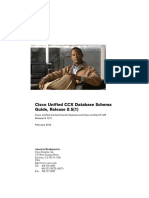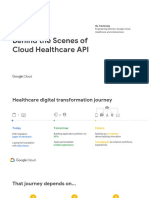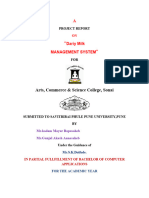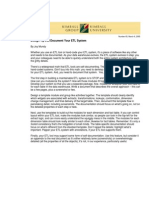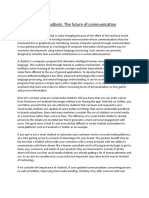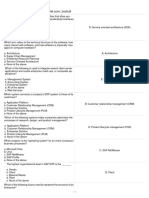0% found this document useful (0 votes)
32 views8 pagesOptimize Data Migration Journey Cloud Whitepaper
White paper on Data quality during migration. Nice read
Uploaded by
singhanimesh090887Copyright
© © All Rights Reserved
We take content rights seriously. If you suspect this is your content, claim it here.
Available Formats
Download as PDF, TXT or read online on Scribd
0% found this document useful (0 votes)
32 views8 pagesOptimize Data Migration Journey Cloud Whitepaper
White paper on Data quality during migration. Nice read
Uploaded by
singhanimesh090887Copyright
© © All Rights Reserved
We take content rights seriously. If you suspect this is your content, claim it here.
Available Formats
Download as PDF, TXT or read online on Scribd
/ 8




